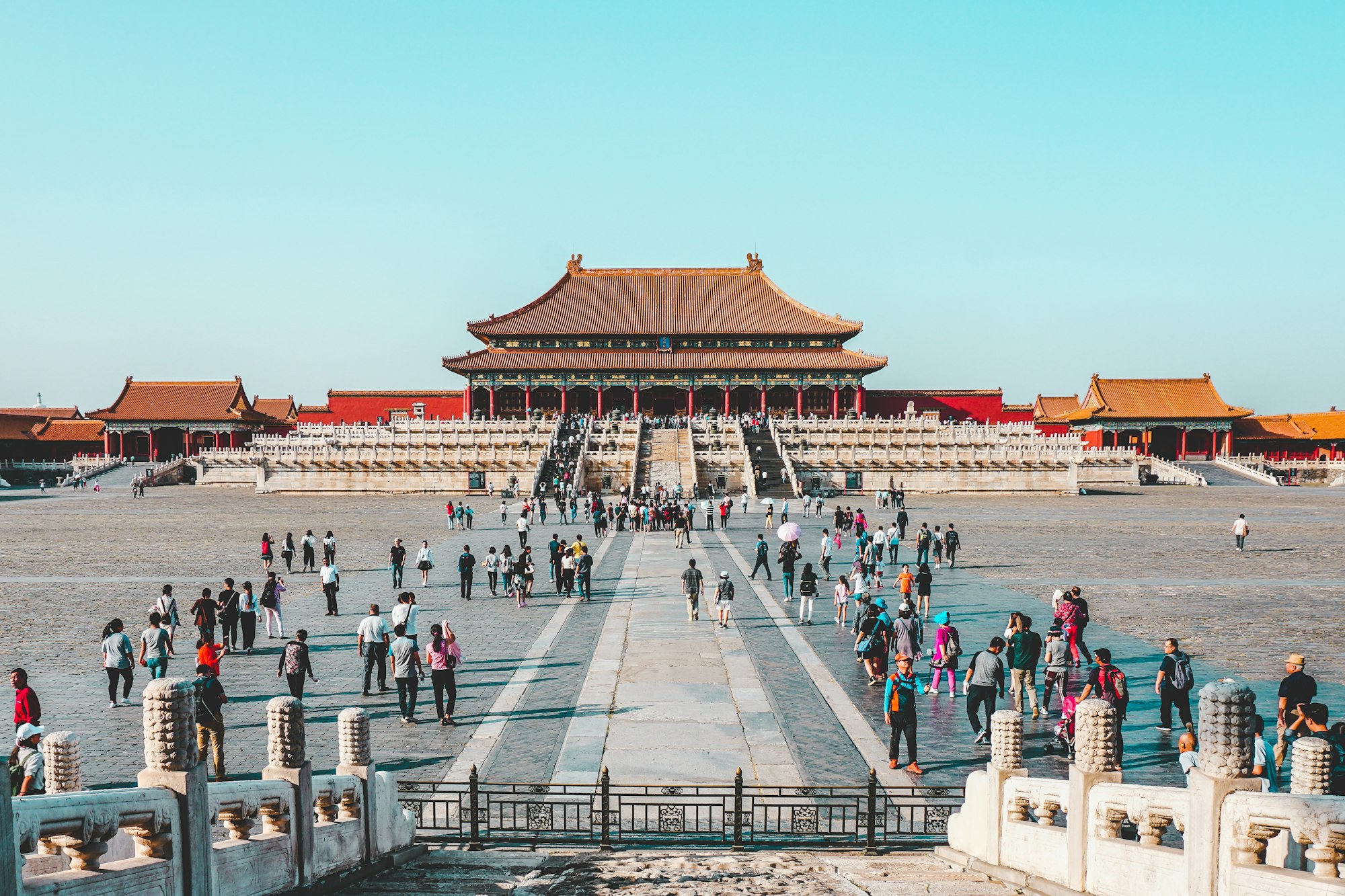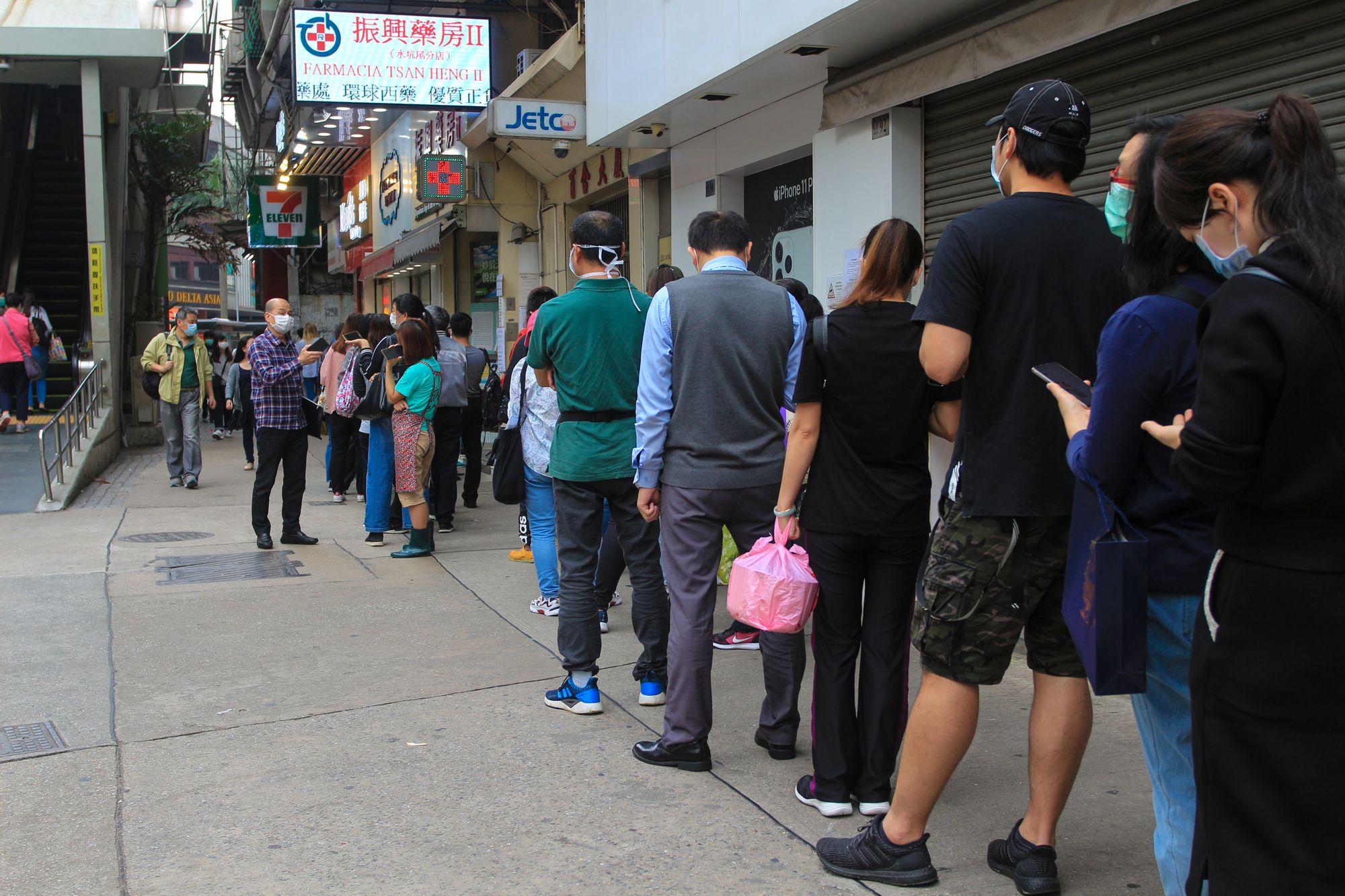View the Country Report for China in the Oxford Compendium of National Legal Responses to Covid-19
Covid-19 first emerged in the Chinese city of Wuhan around November/December 2019, with the first mass outbreak starting there in January 2020. A historically unprecedented lockdown of an entire city of 11 million people and, slightly later, of an entire province was imposed on 23 January 2020. Soon, various restrictions were also imposed nationwide from January to April 2020. Through some of the strictest lockdown measures in the world, China seemed to have controlled the ‘first wave’ of the pandemic by early April 2020 when Wuhan began lifting its strictest lockdown measures including the blockage of outbound traffic and when the resumption of work began nationwide. By June 2020, China had declared a ‘decisive victory’ over the pandemic and a return to normality (albeit ongoing prevention and control). However, isolated cases continued to pop up in various parts of China, with considerably large numbers of cases re-emerging in several cities in Northern China in November/December 2020. Like all other countries, the fight against the pandemic is ongoing in China. As of 20 March 2021, official statistics suggest that mainland China had 177 active cases, but none with severe symptoms. In total, there had been 4,636 deaths and 99,756 confirmed cases nationwide since the outbreak of Covid-19 in late 2019.
China is one of the largest countries in the world, both in terms of population and territory. Yet, it is defined as a unitary State with all central authorities established in Beijing. Below the central Government are state and government authorities established at the provincial, prefectural, county and township levels, each of which, to a varied extent, mirrors those established in Beijing. While China does not recognise the doctrine of the separation of powers, the Chinese Constitution, after its 2018 revision, establishes, on paper, a four-pillar structure of State powers: legislative (people’s congresses at the various levels and their standing committees), the executive (State Council and local governments), the judicial (courts and procuratorates), and supervisory (State Supervision Commission and its local counterparts, each of which is in fact a joint establishment with the Communist Party of China (CPC) Disciplinary Inspection Commissions). China is also a one-party state in which the CPC has a vague status in the Constitution but asserts absolute control over all state affairs. The integration of party and State, though causing questions of legitimacy and hesitancy in decision-making in the initial responses to the Covid-19 crisis, does ensure the joint command and coordination among different authorities, with a single-minded determination to control the pandemic, almost at all costs.


